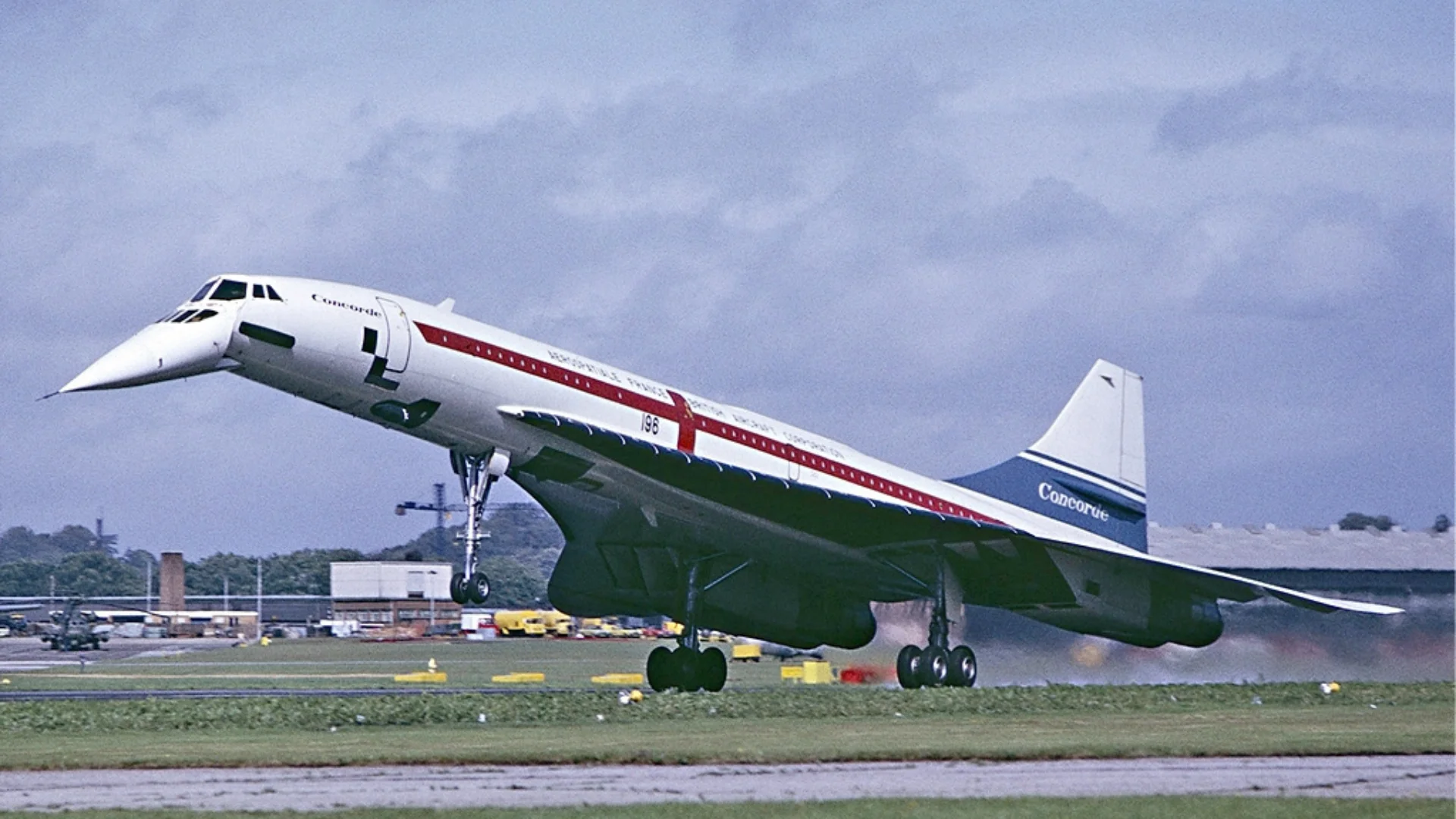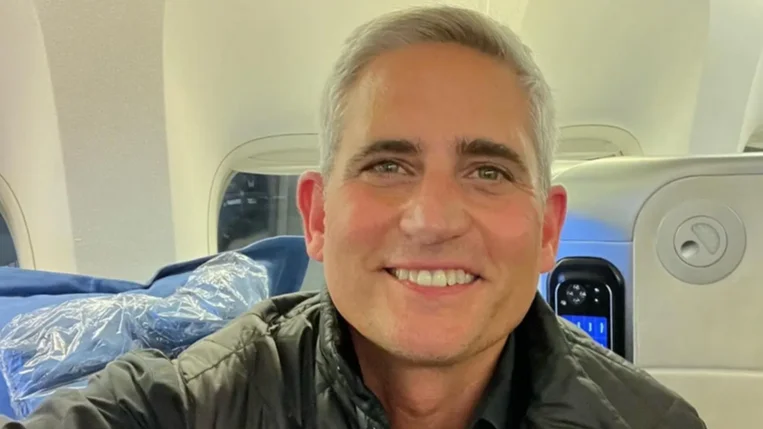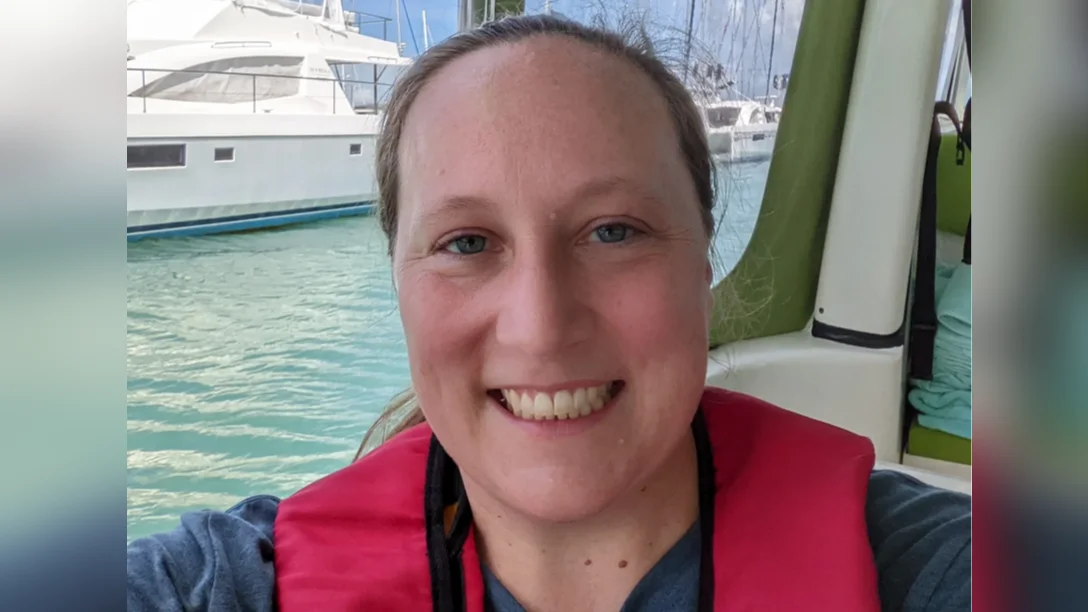Concorde, the Anglo-French supersonic airliner, offered a unique travel experience for nearly three decades before its retirement in 2003. It was designed to fly at supersonic speeds, with features such as sharp delta wings and four afterburning engines setting it apart from other commercial aircraft.
The narrow cabin of Concorde was a structural necessity rather than a design compromise. Its long and slender fuselage, just over nine feet wide, accommodated a single aisle and four-abreast seating. This configuration helped minimize drag and maintain speed efficiency at Mach 2. The aircraft also flew at 60,000 feet, requiring a reinforced pressure vessel due to the extreme pressure differential.
The small windows on Concorde were similarly designed to enhance safety during high-speed flight by reducing potential breaches in case of sudden decompression. This approach minimized stress on the structure while maintaining weight limits.
 Alerts Sign-up
Alerts Sign-up




















